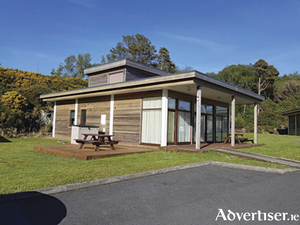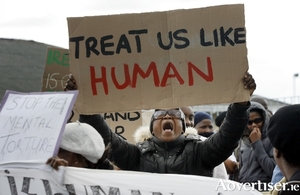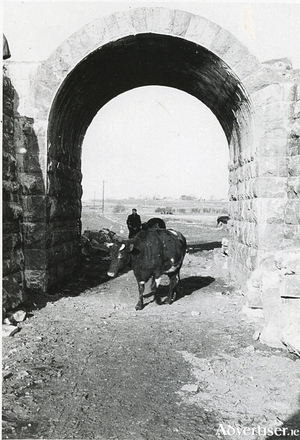Search Results for 'Great Western'
6 results found.
One hundred and fifty years racing at Ballybrit

We know that horse races were organised in different parts of County Galway from the middle of the 18th century, in places like Kilconnell, Eyrecourt, Rahasane, Ballinasloe, Ballymoe, Carraroe, and Bermingham House near Tuam. They were known as ‘racing matches’. In 1764, there was a five day meeting held at Knockbarron near Loughrea, and between 1829 and 1857, 15 meetings were held in Kiltulla near Ballybrit. In 1867, a series of races was organised at Bushfield near Oranmore.
Councillors and candidates must stand against anti-Traveller and anti-migrant prejudice

We saw the signs in the presidential election. The punching down of a billionaire against a scapegoated indigenous minority has sparked a furious debate around racism on our little island.
Escape to magical Mulranny for true and utter relaxation

Located on the Wild Atlantic Way at the gateway to Achill, Mulranny is a beautiful village overlooking the clear blue waters and sandy beaches of Clew Bay.
Card to report racist incidents launched in city

A racist incident reporting card has been launched by the Galway Anti Racism Network in response to what is says are "countless incidents of racial abuse and assault" in the city.
Protest to demand ending the 'horror' of Direct Provision system

A protest march from Salthill to Galway city centre, as part of a wider campaign to end the "horror" and "infantalising" of the Direct Provision system for asylum seekers, is set to take place later this month.
The Dyke Road

The Dyke Road was originally known as the Terryland Embankment. In 1847 a group known as The Corrib Development Company applied for compensation claiming they had spent a considerable sum constructing the embankment — at the time the river was prone to serious flooding. The Commissioner for Public Works took over possession of the works after giving evidence in reply to the claim for compensation. They pointed out that the embankment was partially built in 1839, but after the water had risen that winter, it had given way. The company carried out more works of reconstruction in 1840, but the flood waters burst it again. The river would flood on each occasion as far as Castlegar. The embankment was left unfinished until 1845 when the company tried once more but failed to retain the river. They were subsequently compensated. The building of the canal a few years later greatly alleviated the flooding problems.

